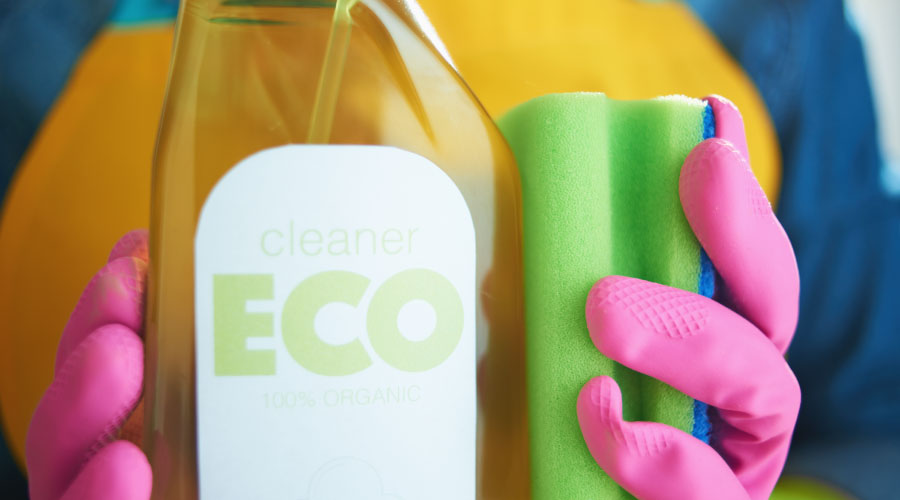Cost Premium For Green Products Drops
While it might seem that products boasting a green certification would cost more than those that don’t, that’s not always the case, experts say. “Certification should not automatically boost cost of the product,” Aye says.
When certified products are more expensive, it’s generally because the materials are more difficult to harvest or work with, or less readily available. For instance, the cost of wood certified by the Forest Stewardship Council will depend on the type of wood and its availability, says Mizell. But as more certified products enter the marketplace, any cost premium tends to drop, says Black.
Of course, simply purchasing green certified products isn’t all that’s required to green a facility. It’s essential for facility executives to verify that the products will work in their facilities. Most certifications measure the environmental, health and safety aspects of a product, but not performance, Black says. There have been complaints that eco-friendly products didn’t perform as well as others. In most cases, that’s no longer a valid claim, she says.
To get the most from certified products, facility executives also should train their staff in the use of the products, Aye says. Landlords may also want to include certified products in the specifications that guide tenant improvement construction projects, she says. “You don’t want tenants to change the good work you’ve done.”
While certification is important, facility executives also need to consider other factors if they truly want a green facility, Szoradi says. For instance, installing a bamboo floor in a conference room may appear to be environmentally responsible. If the flooring had to travel several thousand miles to reach the office, however, the environmental impact can be much worse than using flooring that was manufactured closer to the facility.
While facility executives should consider the way in which a product was manufactured, it’s also important to look at the end of its life, Aye says. Once a product reaches the end of its life, can it be re-used elsewhere, recycled or composted?
Down the road, certification programs may expand to include social responsibility factors, such as use of child labor, Ritchie says. At this point, the environmental standards are ahead of social standards, at least for many products used within the facilities industry; social standards tend to be more prevalent in food and textile production, where child labor has been a concern.
Once a number of products within a category, whether it’s commercial office furniture, paints or cleaning supplies, start to earn valid certifications, “you see a market transformation,” Mizell says. Manufacturers who may have ignored certification or been content to make their own claims realize that they need to change if they’re going to remain viable competitors.
That’s a win for facility executives, because the price generally drops as the supply of certified products increases.
Related Topics:













